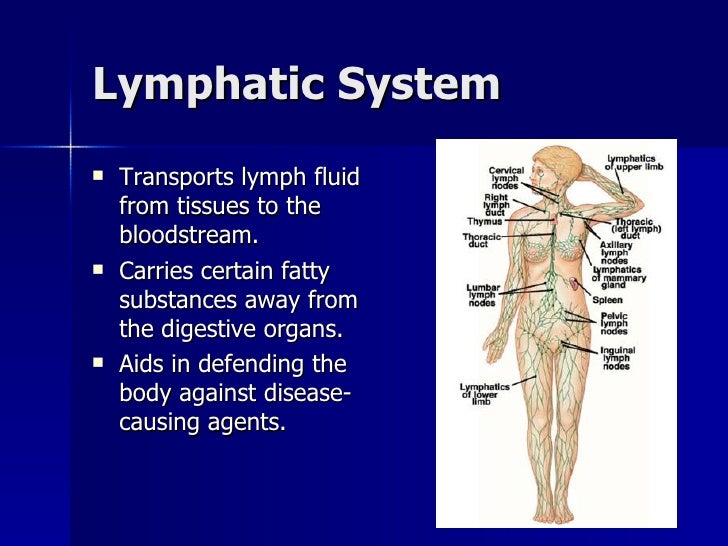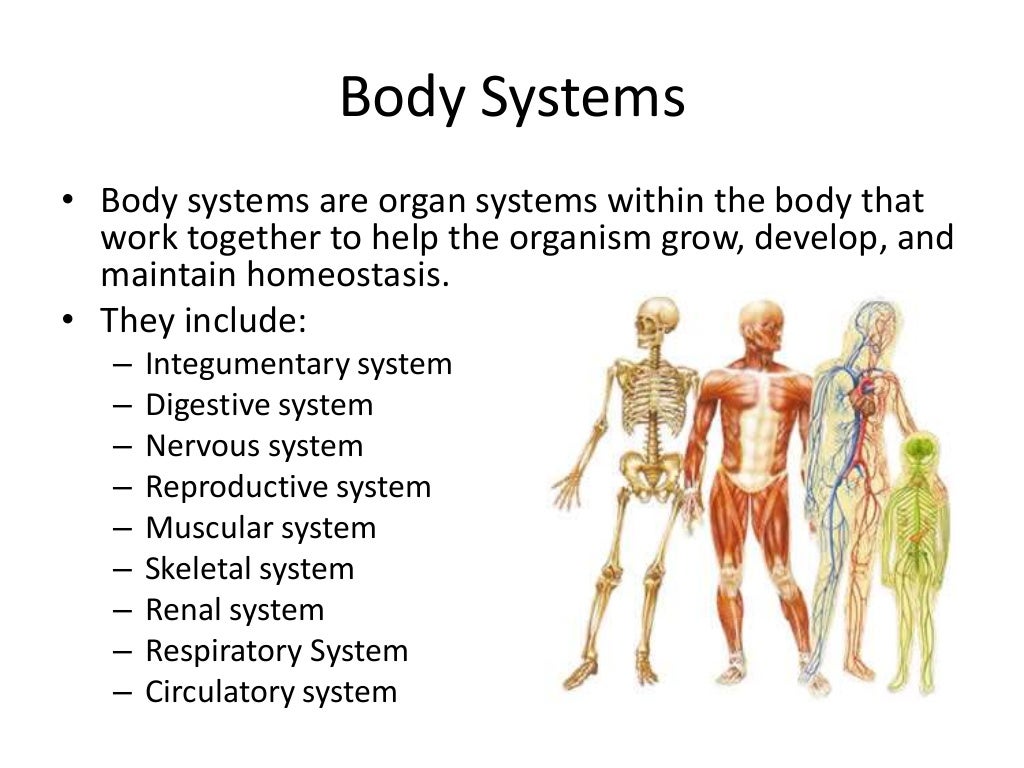

Skeletal System : bones, ligaments and cartilage that binds bones together Muscular System : muscles & tendons Support & Movement The organs of the skeletal and muscular system support and move body parts.
Organ system overview skin#
Examples: The skin and various accessory organs, such as hair, nails, sweat glands, and sebaceous glands Some organs function in multiple systems īody Covering The Integumentary System : protect underlying tissues, helps regulate body temperature, houses a variety of sensory receptors, keeps pathogens out, and synthesizes certain products. Each includes a set of interrelated organs that work together to provide specialized functions.
Organ system overview series#
It involves a series of steps, but the main idea is that enzymes are secreted into the alimentary canal (GI tract) by accessory digestive glands and the gall bladder that aid in the breakdown of food molecules. Digestion– is the chemical breakdown of food.Segmentation mixes food with digestive juices in the small intestine which also increases absorption. Mechanical breakdown increases surface area which increases absorption. Mechanical breakdown– includes chewing, mixing-food with the tongue, stomach churning, and segmentation (constrictions in the small intestine).Peristalsis is so strong that you would continue to digest food even if you were upside down. It’s main purpose is to squeeze food through the GI tract (a small amount of mixing occurs also). Peristalsis is the main mean of propulsion and involves contraction and relaxation of muscles surrounding the organs. This includes swallowing and peristalsis. Propulsion– is the manner in which food is moved through the digest tract.Ingestion– is the act of taking food into the digestive tract.The process of digestion involves six steps The alimentary canal and related accessory digestive organs Six Digestive Processes The digestive glands aid in mechanical breakdown of food by producing several types of secretions.


While the teeth and tongue lie within the mouth, the digestive glands and gallbladder actually lie outside of the GI tract and connect to it through pathways called ducts. The accessory digestive organs include the tongue, teeth, gallbladder, salivary glands, liver, and pancreas. The alimentary canal is considered outside of the body because it is open to the external environment at each end (mouth, anus). Organs within the alimentary canal include the mouth, pharynx, esophagus, stomach, small intestine, and large intestine. Conditions like Barrett’s oesophagus, polyps, cancer of the colon, and pancreatitis are very serious but there are different endoscopy types and numerous treatments that can help make the digestive system healthy again. Obviously, the digestive system is an extremely important part of the human body so any medical issues people experience need to be treated straight away.


 0 kommentar(er)
0 kommentar(er)
